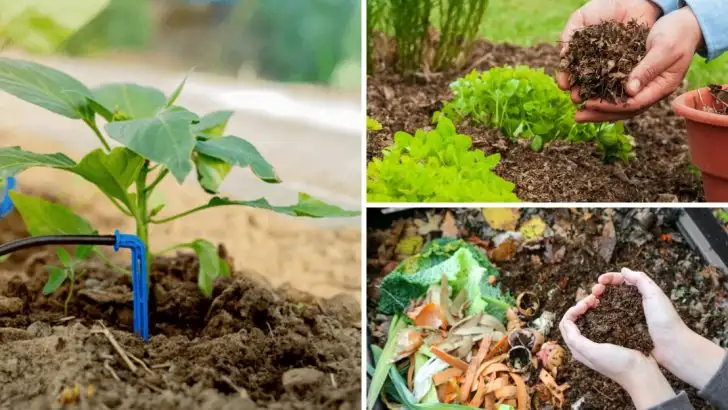Some seasons just hit harder than others—too hot, too dry, or too everything all at once. You walk out to check on the garden, and suddenly it feels like half your plants have thrown in the towel. Wilting leaves, drooping stems, and tired soil can make it feel like the whole thing is slipping away. It’s frustrating, especially when you’ve been doing your best to keep things thriving.
The good news is, a struggling garden isn’t the end of the story. Plants are surprisingly resilient, and with a few smart moves, you can turn things around faster than you might think. The tips below focus on simple, practical ways to bring stressed plants back from the edge and help your garden bounce back. It’s not about perfection—it’s about paying attention to what your garden’s telling you and responding in a way that gives it a second chance.
Deep Watering
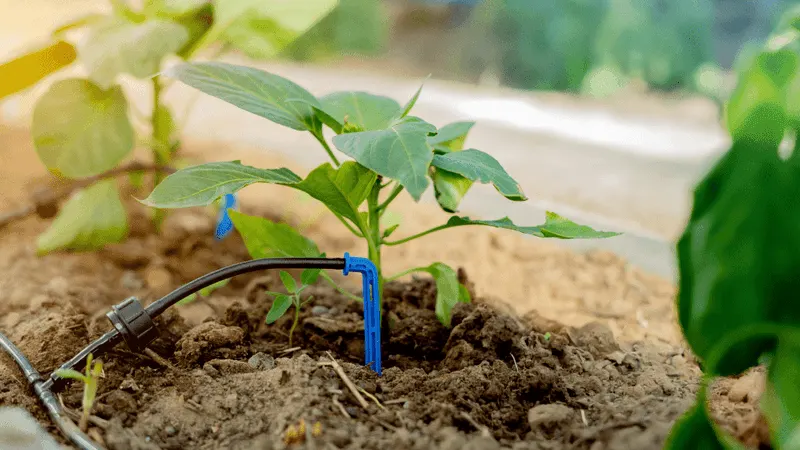
Deep watering can significantly revitalize your garden by ensuring moisture reaches the roots. Unlike surface watering, which often only wets the topsoil, this method encourages roots to grow deeper. This allows plants to access water even during dry spells.
By directing water to the base of plants, you minimize evaporation and waste. This technique is particularly effective for trees and shrubs, which require more substantial hydration. Practice deep watering early in the morning or late in the evening to reduce water loss. Aim for a slow, steady soak to maximize absorption.
Remember, consistent deep watering can transform a lifeless garden into a flourishing haven.
Soil Aeration
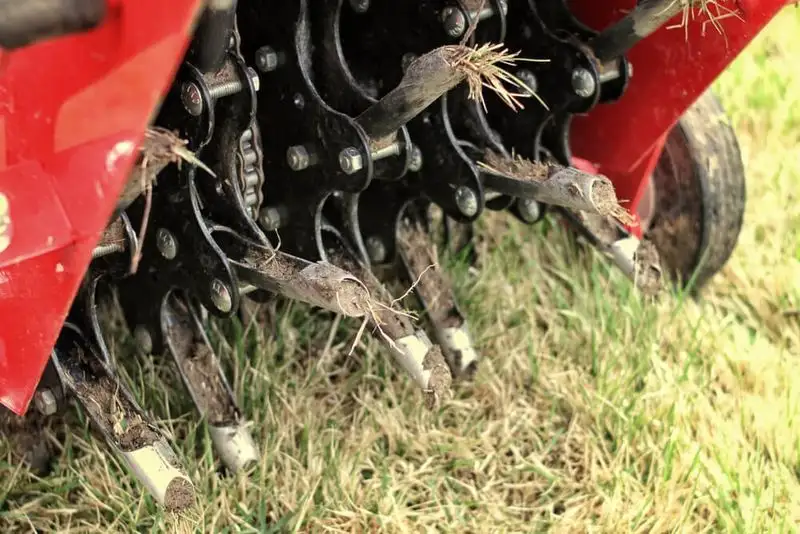
Soil aeration is the key to breathing life back into your garden’s roots. Compacted soil suffocates plants, preventing nutrients and water from reaching them. By gently aerating the soil, you create space for air and water to penetrate.
Use a garden fork or aerator tool to loosen the soil around plants, being careful not to damage roots. This simple act can improve root health and boost plant growth. Aeration is particularly beneficial for lawns that endure heavy foot traffic.
Introduce this practice regularly to keep your plants happy and thriving. A well-aerated garden is a flourishing one.
Mulching Magic

Mulching is like wrapping your garden in a warm, protective blanket. It conserves moisture, suppresses weeds, and adds nutrients to the soil as it decomposes. Organic mulches like bark, straw, or leaves are excellent choices.
Apply a thick layer of mulch around plants, ensuring it doesn’t touch the stems. This helps regulate soil temperature and prevents moisture evaporation. Mulch also enriches the soil with organic matter over time, fostering a healthier environment for roots.
Not only does mulching enhance plant health, but it also beautifies your garden with a tidy, well-cared-for appearance. Embrace the magic of mulch!
Compost Revival
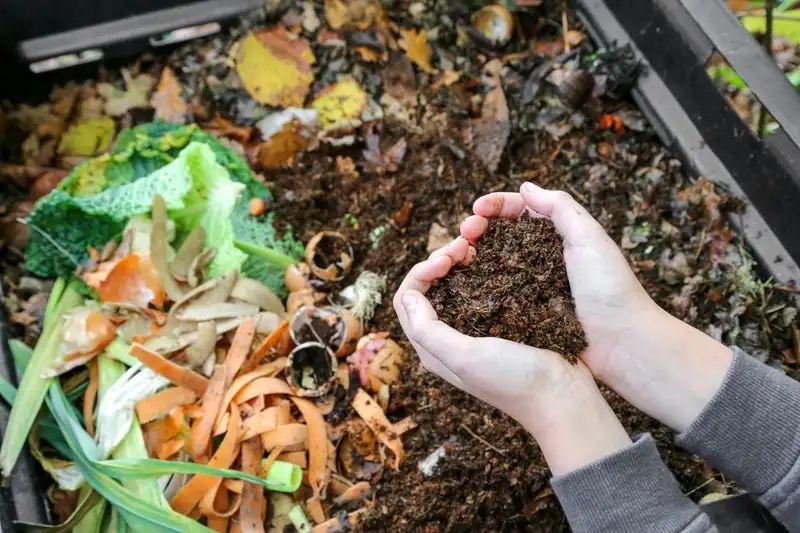
Compost is the elixir of life for a struggling garden. Rich in nutrients, it revitalizes soil and promotes vigorous plant growth. Start by collecting kitchen scraps, yard waste, and other organic materials in a compost bin.
As compost breaks down, it transforms into a dark, crumbly substance that enriches the soil. Mix it into your garden beds to improve soil structure and fertility. This boost of nutrients can bring even the most wilted plants back to life.
Turning your compost regularly accelerates the decomposition process, ensuring a steady supply of this garden gold. Compost is nature’s way of recycling.
Pruning Precision
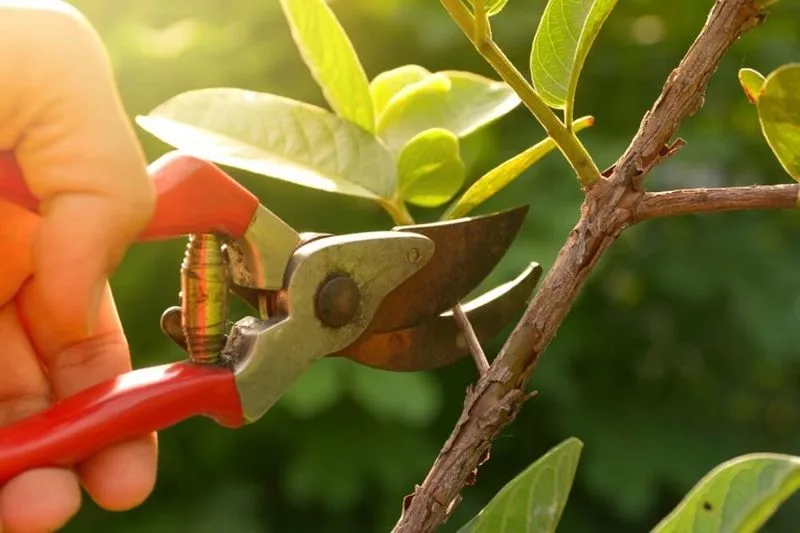
Pruning is both an art and a science. Removing dead or diseased branches allows plants to focus energy on healthy growth. This practice encourages new shoots and blooms, essential for revitalizing a wilting garden.
Use clean, sharp pruning shears to cut away damaged areas, being sure to follow the natural shape of the plant. Avoid removing more than a third of the plant at once to prevent shock.
Regular pruning improves air circulation and sunlight penetration, reducing the risk of disease. This precision technique helps maintain a garden’s beauty and vitality, transforming it into a living masterpiece.
Beneficial Insects
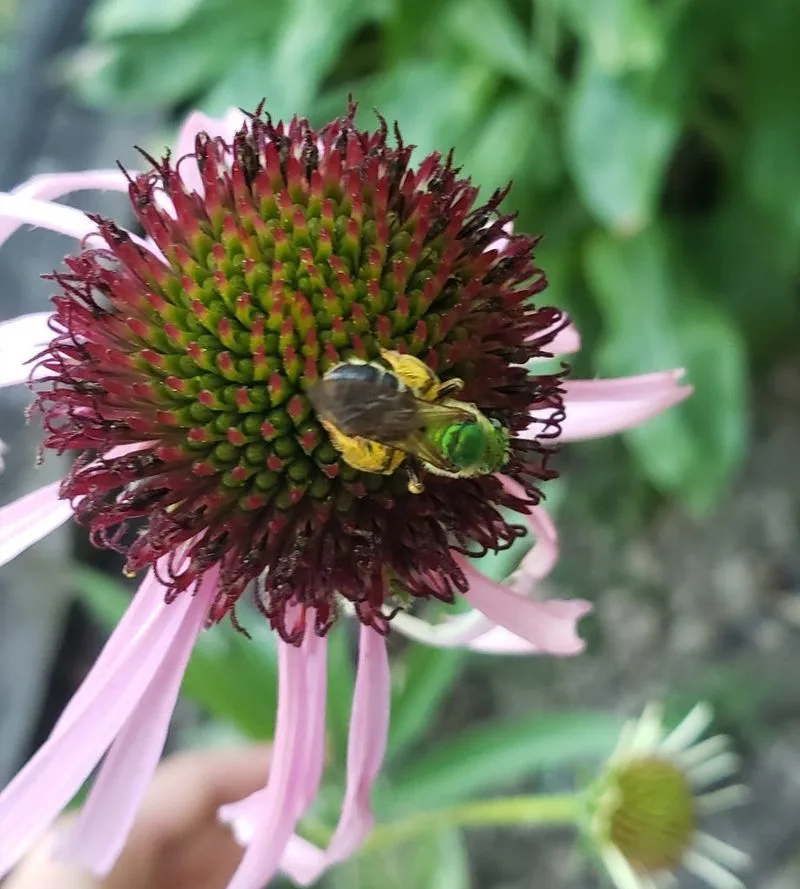
Not all bugs are garden foes. Welcoming beneficial insects, like ladybugs and bees, can play a crucial role in garden health. These insects naturally control pest populations, pollinate plants, and contribute to a balanced ecosystem.
Encourage these helpers by planting a variety of flowers and avoiding chemical pesticides. Ladybugs, for instance, feast on aphids, while bees ensure fruit and vegetable pollination.
By fostering a hospitable environment for beneficial insects, you create a natural defense system for your plants. This approach enhances biodiversity and encourages a thriving, resilient garden. Embrace these tiny allies in your garden rescue mission.
Shade Solutions

Intense sunlight can be as damaging as it is nourishing. Providing shade is vital in protecting delicate plants from scorching heat. Temporary solutions, like shade cloths, offer immediate relief to sun-stressed areas.
Position these protective covers during the hottest parts of the day to reduce water loss and prevent leaf burn. Alternatively, consider planting taller plants strategically to cast natural shade.
These methods not only shield your garden but also create a cooler microenvironment. By managing sunlight exposure, you give your plants the best chance to recover and thrive in even the hottest conditions.
Water Conservation
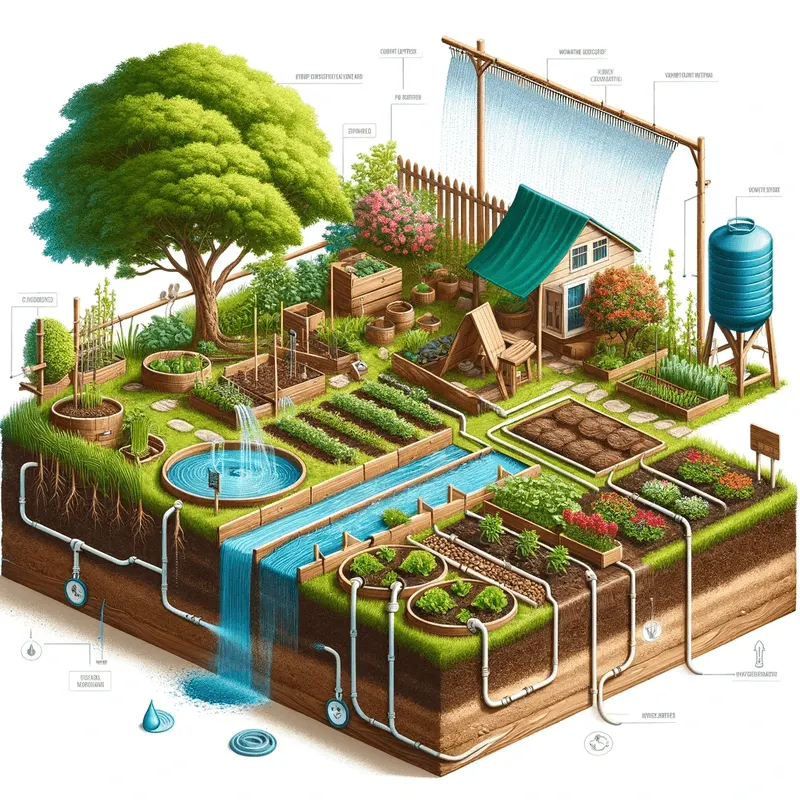
Conserving water is both eco-friendly and essential for garden survival. Rainwater collection systems, such as barrels, provide a sustainable water source during dry spells.
By harnessing rainwater, you reduce dependency on municipal supplies and ensure your garden receives chemical-free hydration. Drip irrigation systems further optimize water use by delivering it directly to plant roots.
Adopting these water-saving strategies not only supports plant health but also promotes environmental responsibility. A garden that conserves water is both resilient and resourceful, ensuring a lush landscape even in challenging times.
Nutrient Boosting
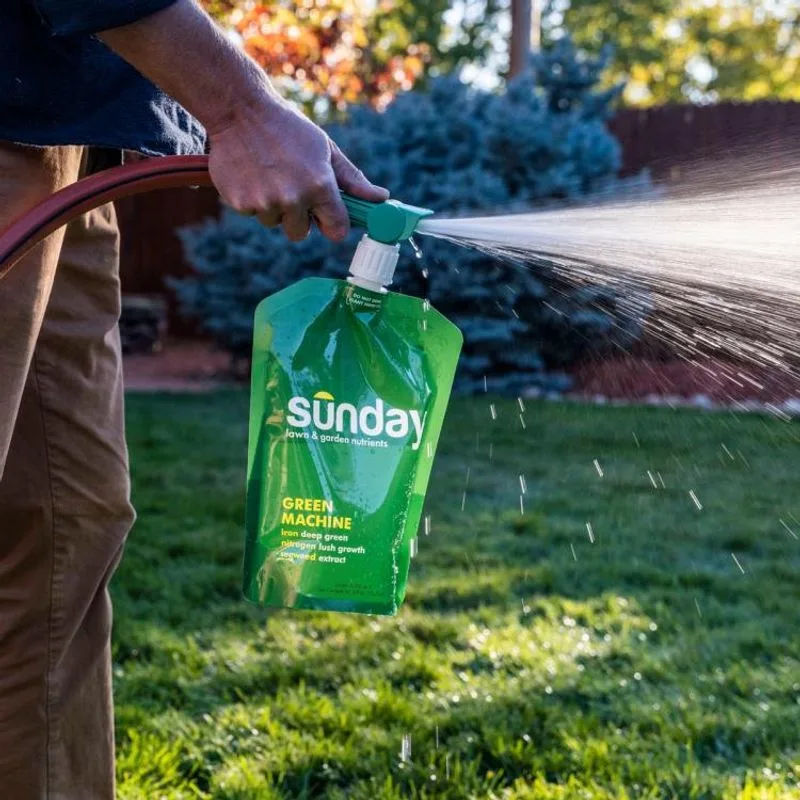
Every garden needs a nutrient boost now and then. Liquid fertilizers can rejuvenate tired, nutrient-deficient plants quickly. They provide a concentrated dose of essential nutrients, absorbed directly through leaves and roots.
Choose fertilizers tailored to your plants’ needs, whether it’s nitrogen-rich for leafy growth or phosphorus-heavy for blooms. Apply them according to instructions, ensuring not to over-fertilize, which can harm plants.
Regular feeding schedules maintain plant health and vigor. By addressing nutrient deficiencies promptly, you foster a vibrant, productive garden. Embrace this method to energize your greens and help them flourish.
Companion Planting
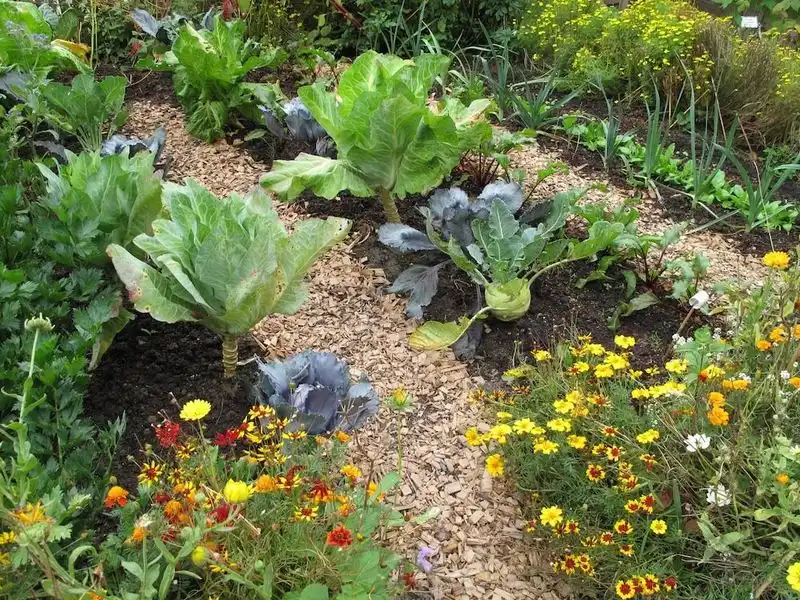
Companion planting is an ancient practice that enhances plant growth by pairing compatible species. Certain plants deter pests, attract beneficial insects, or improve soil health when grown together.
For example, marigolds protect tomatoes from nematodes, while basil enhances their flavor. Experiment with various combinations to discover what works best for your garden.
This natural approach promotes biodiversity and resilience, reducing the need for chemical interventions. By fostering a harmonious garden, you create a thriving ecosystem where plants support each other. Companion planting is a sustainable strategy for garden revitalization.
Pest Management

Managing pests is crucial for garden health. Natural solutions, like neem oil or insecticidal soap, offer effective pest control without harming beneficial insects or the environment.
Regularly inspect plants for signs of infestation, such as holes in leaves or discolored foliage. Early detection allows for targeted treatment, preventing widespread damage.
Consider introducing natural predators, like ladybugs, to control pest populations. By choosing eco-friendly pest management methods, you maintain a balanced ecosystem and protect your garden from harmful chemical exposure. This approach ensures a healthy, thriving garden free from destructive invaders.
Seasonal Crop Rotation
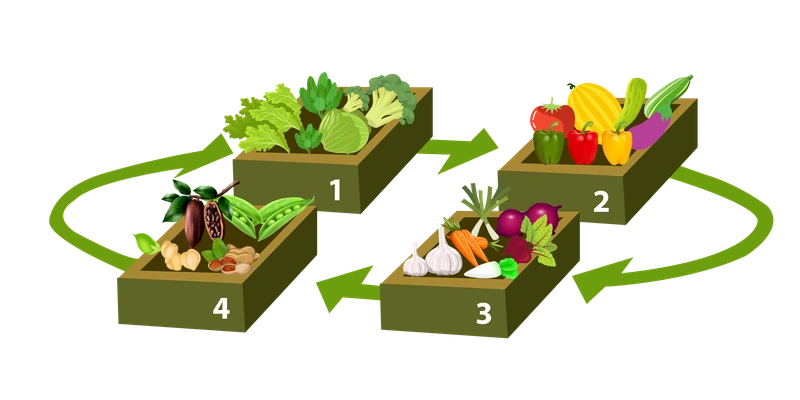
Seasonal crop rotation is a time-tested method for maintaining soil health and preventing pest buildup. By changing the location of crops each season, you disrupt pest life cycles and reduce disease risks.
This practice also helps balance soil nutrients, as different plants have varying nutrient requirements. Rotate legumes with leafy greens, for instance, to naturally replenish nitrogen levels.
Implementing crop rotation maximizes garden productivity and sustainability. It fosters diversity and resilience, ensuring a bountiful harvest year after year. Embrace this traditional technique to sustain a vibrant, healthy garden environment.
Herbal Remedies
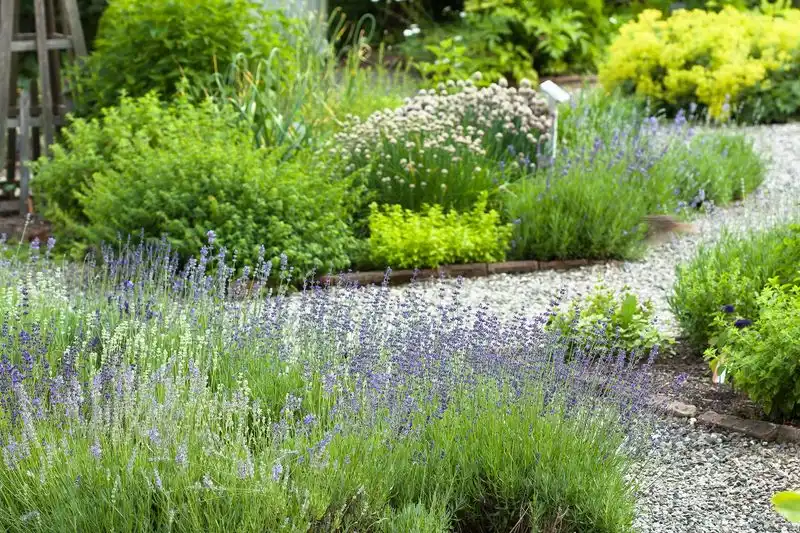
Herbs are more than culinary delights; they offer natural remedies for garden ailments. Plants like rosemary, mint, and lavender deter pests with their aromatic oils.
Integrate these herbs into your garden to create a fragrant barrier against unwanted visitors. They attract pollinators and beneficial insects, enhancing overall garden health.
Herbal teas made from these plants can also serve as gentle treatments for stressed plants, providing a holistic approach to garden care. By incorporating herbs, you embrace nature’s pharmacy, enriching your garden with beauty and practicality.
Soil Testing
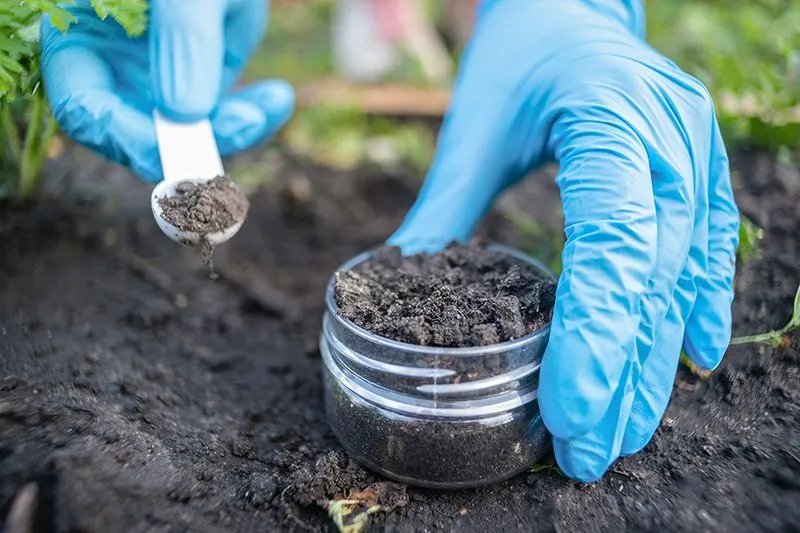
Understanding your soil is fundamental to garden success. Soil testing reveals nutrient levels, pH balance, and organic matter content, guiding your fertilization and amendment choices.
Purchase a soil test kit and collect samples from different areas of your garden. Analyze the results to identify deficiencies or imbalances.
Armed with this information, you can make informed decisions about soil amendments, ensuring your garden gets exactly what it needs. Regular testing keeps your soil fertile and thriving, supporting healthy plant growth. Embrace soil testing as a critical step in your garden revitalization journey.
Smart Plant Selection
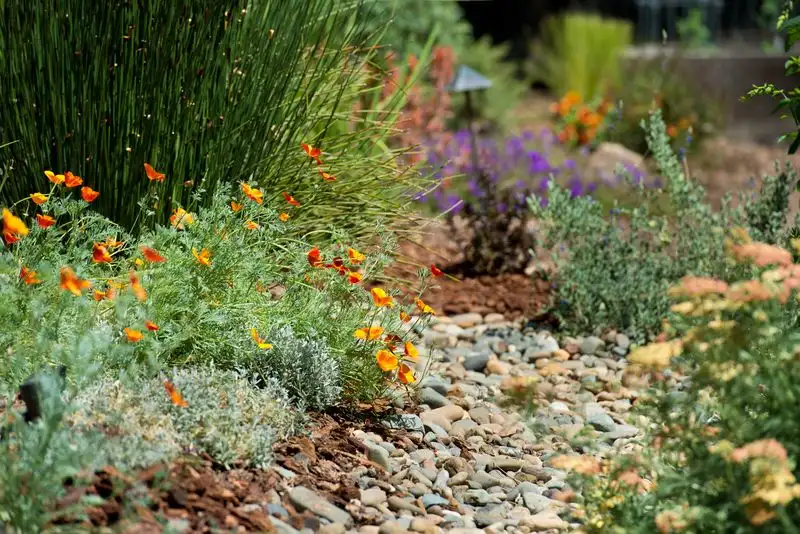
Choosing the right plants for your climate and soil conditions is paramount. Opt for drought-resistant and native species that thrive with minimal intervention.
Visit local nurseries to find plants suited to your region’s environment. These selections require less water and are more resilient against pests and diseases.
Smart plant selection reduces garden maintenance and increases sustainability, ensuring a flourishing landscape with minimal effort. By aligning your plant choices with nature’s cues, you set the stage for a vibrant, self-sustaining garden. This thoughtful approach fosters long-term garden health and beauty.

